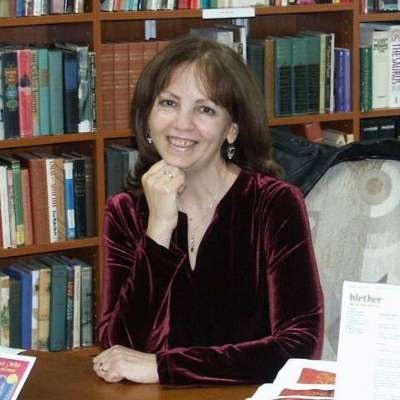Olivier Messiaen’s Quatuor pour la fin du temps, scored for clarinet, violin, cello and piano, was written while the composer was a prisoner of war in a German camp during World War 2. First performed by him and three fellow prisoners, it is one of his most noteworthy works. Religion was of utmost importance to Messaien, a devout Catholic. His intense experience in the camp is reflected in this highly spiritual work, which at times is taken extremely slow, imparting a sense of the infinite, of music outside of time. Inspired by text from the Book of Revelation, the piece evokes “the angel of God, standing on the sea and the earth…that there should be time no longer.”
This eight-movement work was treated with great care by a team of principals from the esteemed Chicago Symphony Orchestra: Robert Chen (violin), John Sharp (cello), Stephen Williamson (clarinet), and guest Kuang-Hao Huang (piano). What better way to listen to a work that is challenging, both for the musicians and for the audience?
The first movement, Liturgie de cristal (“Crystal liturgy”), reflects the composer’s obsession for all things avian. It starts with the clarinet, whose sound was like liquid gold. The birdlike chirps of violin and cello glissando harmonics completed the atmosphere. Vocalise pour l’Ange qui annonce la fin du Temps (“Vocalise for the Angel who announces the end of Time”), evokes the power of the mighty “angel of God”. The mystical harmonic colors were beautifully brought out by the violin and cello, with octaves impeccably in tune, as if suspended in otherworldly infiniteness.
In the third movement, Abîme des oiseaux (“Abyss of birds”) Time is the abyss; the birds symbolize man’s love of light and rainbow colors. Williamson adeptly handled the excruciatingly slow tempo, wandering phrasing and complex passagework of this clarinet solo. The two string instruments introduce the virtuoso passagework of the clarinet in the fourth movement, Intermède (“Interlude”), which evokes Stravinsky’s L’Histoire du soldat. The rhythmic passages of the violinist and cellist were admirably precise.
The fifth movement, Louange à l’Èternité de Jésus, a duet for cello and piano in an “infinitely slow, ecstatic” tempo, praises Jesus as the eternal Word. The two players stretched the melody, signifying the timelessness of the Word, “whose time never runs out.” The cellist showed great bow control and exquisite beauty in the upper range.
In the sixth movement, Danse de la fureur, pour les sept trompettes (“Dance of fury, for the seven trumpets”), all four instruments play in unison in a declamatory manner, personifying the first six trumpets of the Apocalypse followed by the trumpet of the seventh angel proclaiming the mystery of God. The emotions – heavy, aggressive, even frightening – were portrayed with impeccable intonation and arresting virtuosity. In Fouillis d’arcs-en-ciel, pour l’Ange qui annonce la fin du Temps (“Tangle of rainbows, for the Angel who announces the end of time”), the cello’s lush harmonic colors were played gorgeously.
The finale, Louange à l’Immortalité de Jésus (“Praise to the Immortality of Jesus”), a duet for piano and violin, eulogizes Jesus as the Word made flesh, resurrected to aid humankind. The players’ measured accuracy combined with passion aptly depicted, as the composer wrote, “the ascent of man to his god, the being made divine towards Paradise.”
The artistry displayed by this quartet surely duplicates the paradisical Heaven the composer intended to illustrate.
This performance was reviewed from the CSO video stream


